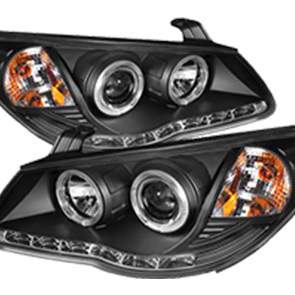Clutch Master Cylinder Hose Replacement and Maintenance Tips for Optimal Performance
Understanding the Clutch Master Cylinder Hose A Key Component in Your Vehicle's Clutch System
The clutch master cylinder hose is a critical component in the hydraulic clutch system of many vehicles. It plays an essential role in transferring hydraulic fluid from the clutch master cylinder to the clutch slave cylinder, enabling smooth engagement and disengagement of the clutch. Understanding its function, signs of wear, and maintenance can help ensure the longevity and performance of your vehicle's clutch system.
Function of the Clutch Master Cylinder Hose
The primary function of the clutch master cylinder hose is to carry hydraulic fluid under pressure. When the driver presses the clutch pedal, the clutch master cylinder generates hydraulic pressure, which is transmitted through the hose to the clutch slave cylinder. The slave cylinder then pushes the clutch fork, disengaging the clutch plate from the flywheel. This process allows the driver to change gears smoothly without grinding or damaging the transmission.
In simpler terms, the clutch master cylinder hose is the link that facilitates the communication between the master cylinder, where the force is generated, and the slave cylinder, where the action occurs. This hydraulic action is crucial for both manual and some semi-automatic transmissions, making the hose an indispensable part of the car’s clutch system.
Signs of Wear and Tear
Like any mechanical component, the clutch master cylinder hose can wear out over time, leading to potential issues in the clutch system
. Some common signs that your hose may be failing include1. Leaking Fluid One of the most apparent signs of wear is the presence of hydraulic fluid leaks around the hose or near the master or slave cylinder. If you notice fluid pooling under your vehicle or around the clutch components, it is essential to investigate the source.
2. Soft or Spongy Clutch Pedal If the clutch pedal feels soft or spongy when pressed, this could indicate air in the hydraulic system or a failing hose that cannot maintain the necessary pressure. A proper hydraulic seal is crucial for transferring force effectively, and a compromised hose may disrupt this.
3. Difficulty Engaging or Disengaging Clutch If you experience difficulty in engaging or disengaging the clutch, it could point to various issues, including problems with the hose. A failing hose may not transfer pressure adequately, leading to clutch engagement issues.
clutch master cylinder hose

4. Unusual Noises Listen for any unusual noises, such as grinding or squealing, when pressing the clutch pedal. This could indicate issues in the clutch system or components connected to the hose.
Maintenance and Replacement
To ensure the optimal performance of the clutch master cylinder hose, regular maintenance is advisable. Several tips can help in maintaining the health of your clutch system
1. Regular Inspections Periodically check the hose for any visible signs of wear, such as cracking, swelling, or abrasions. If any wear is observed, immediate inspection by a qualified mechanic is necessary.
2. Fluid Checks Regularly check the hydraulic fluid levels in the reservoir. Low fluid levels can lead to air entering the system, causing malfunctions.
3. Replace When Needed If you notice any signs of wear or if the hose has been in service for an extended period, think about replacing it. Depending on the vehicle and driving conditions, the replacement interval may vary.
4. Professional Assistance If you’re unsure about the condition of your clutch master cylinder hose or if you suspect an issue, consulting a professional mechanic is always a wise decision. They can perform a thorough inspection and provide the necessary repairs or replacements.
Conclusion
The clutch master cylinder hose may be a small part of your vehicle’s overall system, but it plays an invaluable role in ensuring that your clutch operates smoothly and effectively. By understanding its function and recognizing the signs of wear, you can maintain your vehicle’s performance and extend the life of the clutch system. Regular inspections and timely replacements will ensure that your vehicle remains safe and reliable on the road.
-
Upgrade Your Vehicle with High-Quality Handbrake CablesNewsNov.01,2024
-
Optimize Your Bike's Performance with Quality CablesNewsNov.01,2024
-
Enhance Your Vehicle's Performance with Quality Clutch ComponentsNewsNov.01,2024
-
Elevate Your Vehicle's Performance with Quality Throttle CablesNewsNov.01,2024
-
Elevate Your Vehicle's Performance with Quality CablesNewsNov.01,2024
-
Affordable Solutions for Your Cable NeedsNewsNov.01,2024
